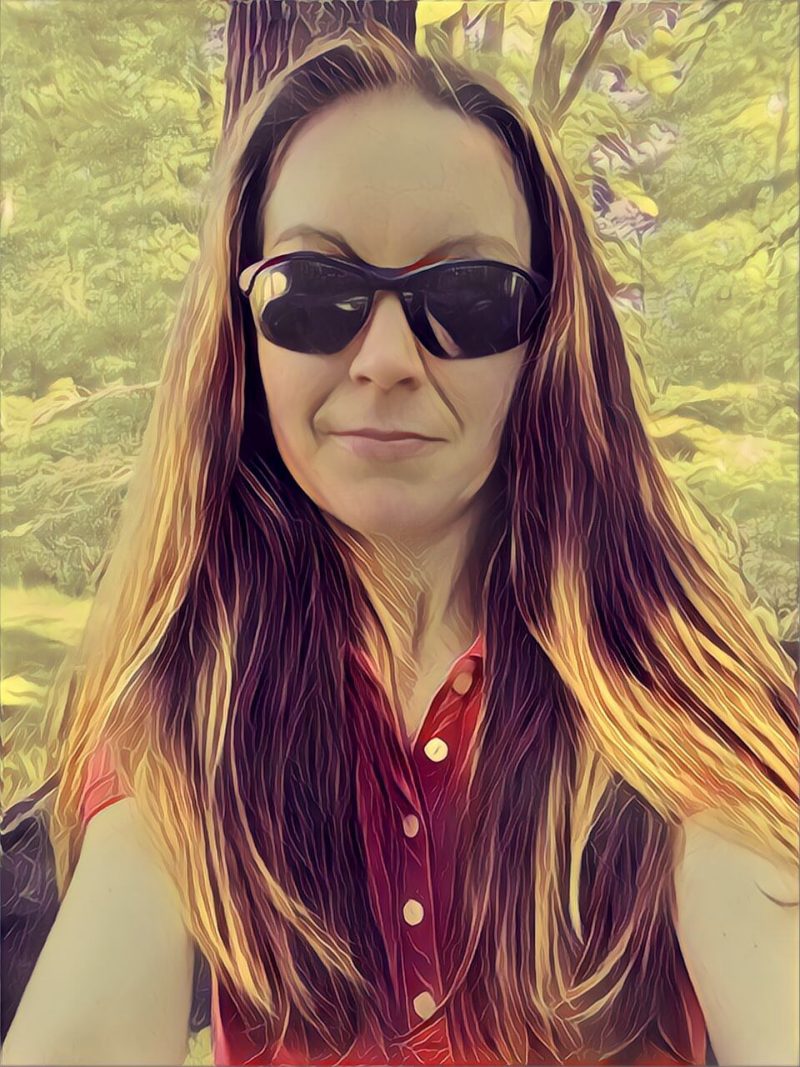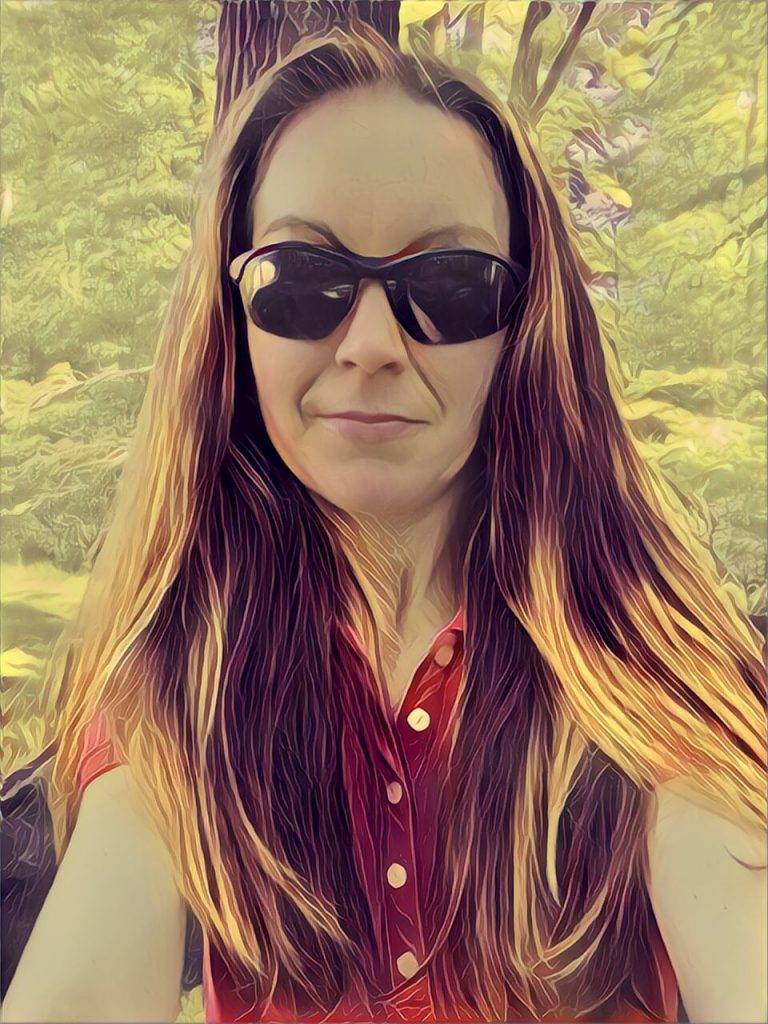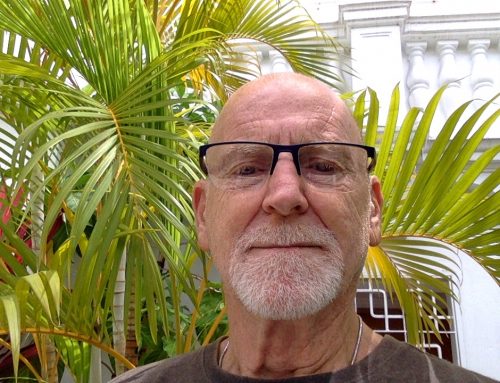Mental Illness and its Pain
Pain is universal, varied, and subjective. An evolutionary deterrent and motivator, in some ways essential, in some ways utterly pointless. It can provide common ground, or be the most isolating of experiences. Everyone falls somewhere within its range.
My pain came from depression. Not everyone experiences depression in this way; for some, it may be a numbness, a complete absence of emotion. For me, it was active, physical. It began as a little ball of discomfort just below my rib cage, then spreads through my entire torso, eventually radiating outward into my limbs and stopping just short of my finger and toe nails. It flowed through me like blood, at its worse produced intense shock-like pulses from my core.
It came on so gradually, mild and short episodes at first, that I wasn’t overly concerned. Then somehow, a decade later, it had taken over my life. There were other symptoms, too. Apathy, loss of interest, antisocial behavior – but really it was always about the pain. Despite its physical characteristics, I always knew it was psychological. Perhaps its origin is relevant to treatment, but we are all biology and chemistry in the end.
I didn’t know what to do about it, for the most part assuming this was simply who I was. Perhaps my pain was normal. Even if there were a scientific way to objectively quantify pain and generate normal based on an average, there is still the question of interpretation. If two people measure equally, who is to say they feel it the same way. The discomfort resulted by rigorous exercise and a minor injury may be similar, but its interpretation completely different. How can you ever truly know someone else’s feelings without projecting your own?
And so I came up with a treatment of sorts. If I was going to be in pain, at very least I wanted to control its nature. I started cutting myself with razor blades, using the physical pain as an outlet for the psychological one. This is a language easier to comprehend: a cut hurts, it bleeds, it stops, it can be healed. This pain was good by virtue of it being less bad.
Part of the problem was that I had no way to communicate its existence. I didn’t look depressed, I was active and high-achieving. The fear that it would be dismissed, that I would be told I don’t feel what I feel, scared me out of pursuing help more aggressively. Instead, I cut, I ran, I swam, I biked, I lifted weights, sometimes all in excess. It was a way to compensate for what I saw as internal weakness. I became dismissive of physical pain in others. In hindsight, I was no better than those who belittled my psychological one. To this day I am still working on rebuilding empathy, the pain made me too self-absorbed. Everything was always motivated by my own survival.
It was frustrating. I was going about life carrying an invisible crushing weight. I completed my everyday responsibilities, but it made we want to scream, do you how much this is costing me? Of course, everyone has their own weight, with varying degrees of visibility. Some intentionally hide theirs, fearing judgment. I wanted validation, a universal expression if only to convince myself of its merit.
I tried pain management techniques, naming the pain, talking to it, relaxing into. Nothing. It circled me in constant ambush, all I could do was field the blows by tensing my muscles and riding it out. At work, I could just about keep it under control, but a home it had free reign, I dissolved onto the flood in surrender.
I did have an effective anesthetic of sorts. My boss, who is my mentor and best friend, understood. She is optimistic, personable, generous, and highly intuitive. She didn’t think I was faking or exaggerating. She validated the pain and my reaction to it. She saw that cutting was my solution, not my problem. Most importantly, she sat with me. On the couch at her house, I curled up in the fetal position, she simply kept me company. She was strong enough to sit with the pain, it was not too much for her. And because of this, it receded a fraction, its sharp edges dulled. Knowing this was possible kept me alive. I was ashamed by my frantic pursuit of her company, my obsession as to her whereabouts, my diligent consumption of her time and energy, but I was unable to deny myself the potential for relief. She made me feel safe admits the minefield of my soul.
lling sense, that pain is never random. It means something, it is trying to say something, it is, in itself, communication. I had no idea what mine was trying to say, but the idea that it was not meaningless was comforting. If it was going to kill me, I wanted it to be for a reason.
When it became a matter of life and death, I sought help. I wasn’t sure to help was possible, but I had run out of options. I had some success with antidepressants in the past, but it was never enough. I liked therapy. I didn’t see how it could help, but I enjoyed talking, a lot. And very gradually, I noticed a reduction in the pain. How could this be possible? Because for 20 years I had too much to say, but no outlet. Things that in fairness could only be said to a professional. It was not only talking but being heard and understood in a way that requires specialized training. Furthermore, it was being accepted and mirrored, and having a type of explanation for how and why everything became this way. The pain found a place to go.
Slowly, it went away, in its entirety, leaving me with a normal range of feeling expected in a complex and sometimes painful world. Despite the battle, I always knew it could be worse: the pain of losing a loved one, the suffering of someone meaningful, a debilitating injury. Everyone experiences some form of pain, and our inability to know the exact nature of someone else’s feelings does not minimize the potential for a meaningful connection. Mental illness and its pain have taught me to be persistent, perceptive, and grateful for who I’ve become.
I am in my 30s, graduated from Vassar and work with and care for show horses. In my free time I write, do triathlons, and spend time with by bunnies.









Leave A Comment